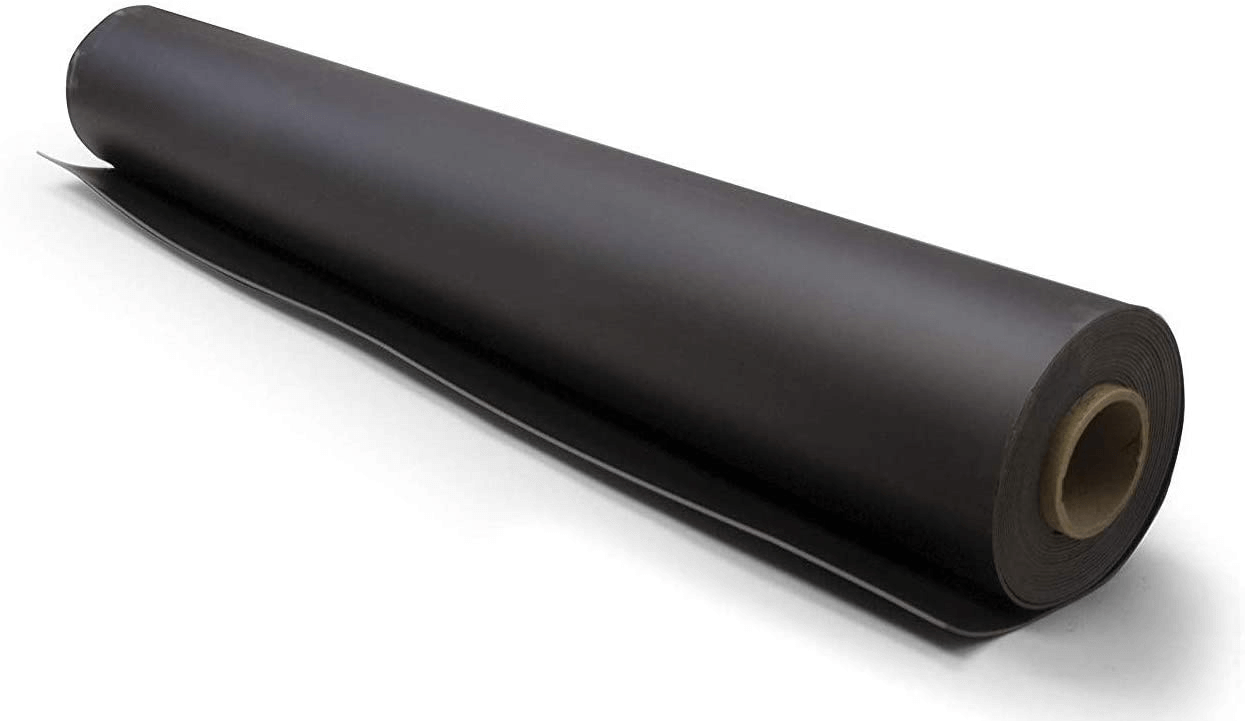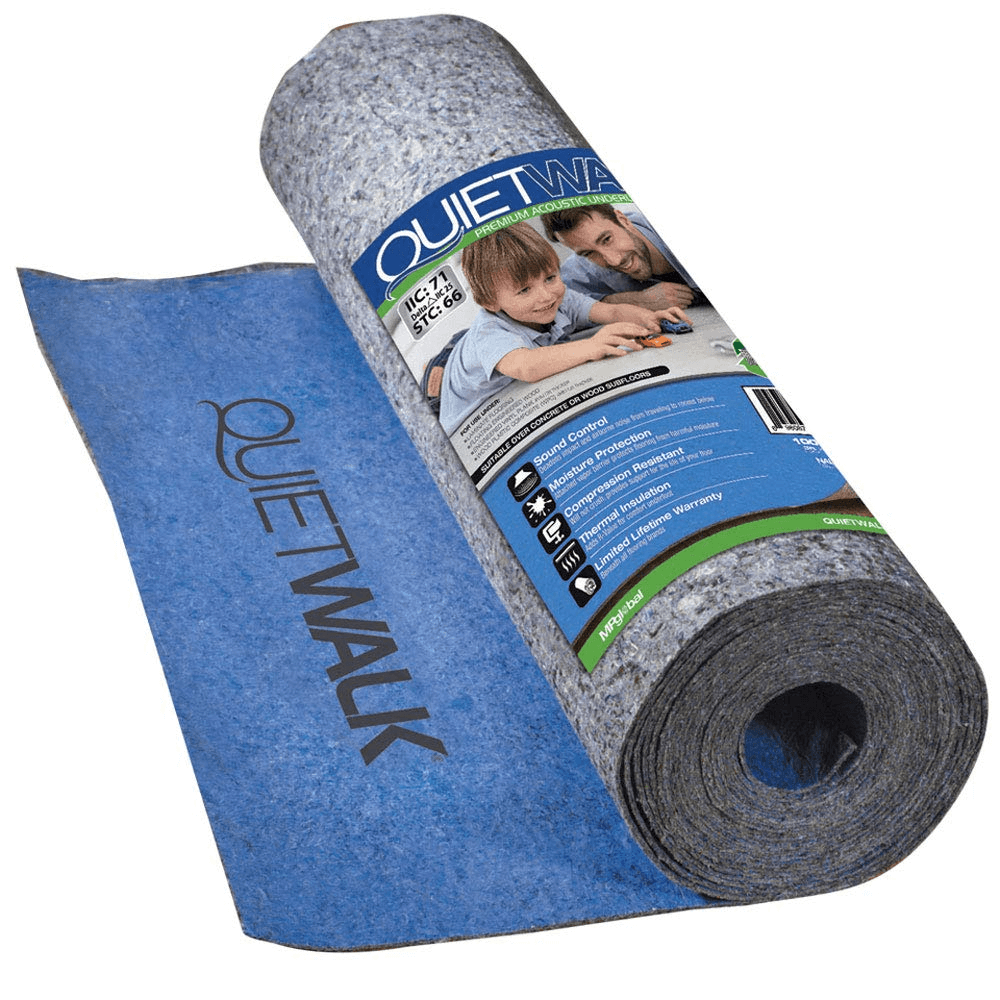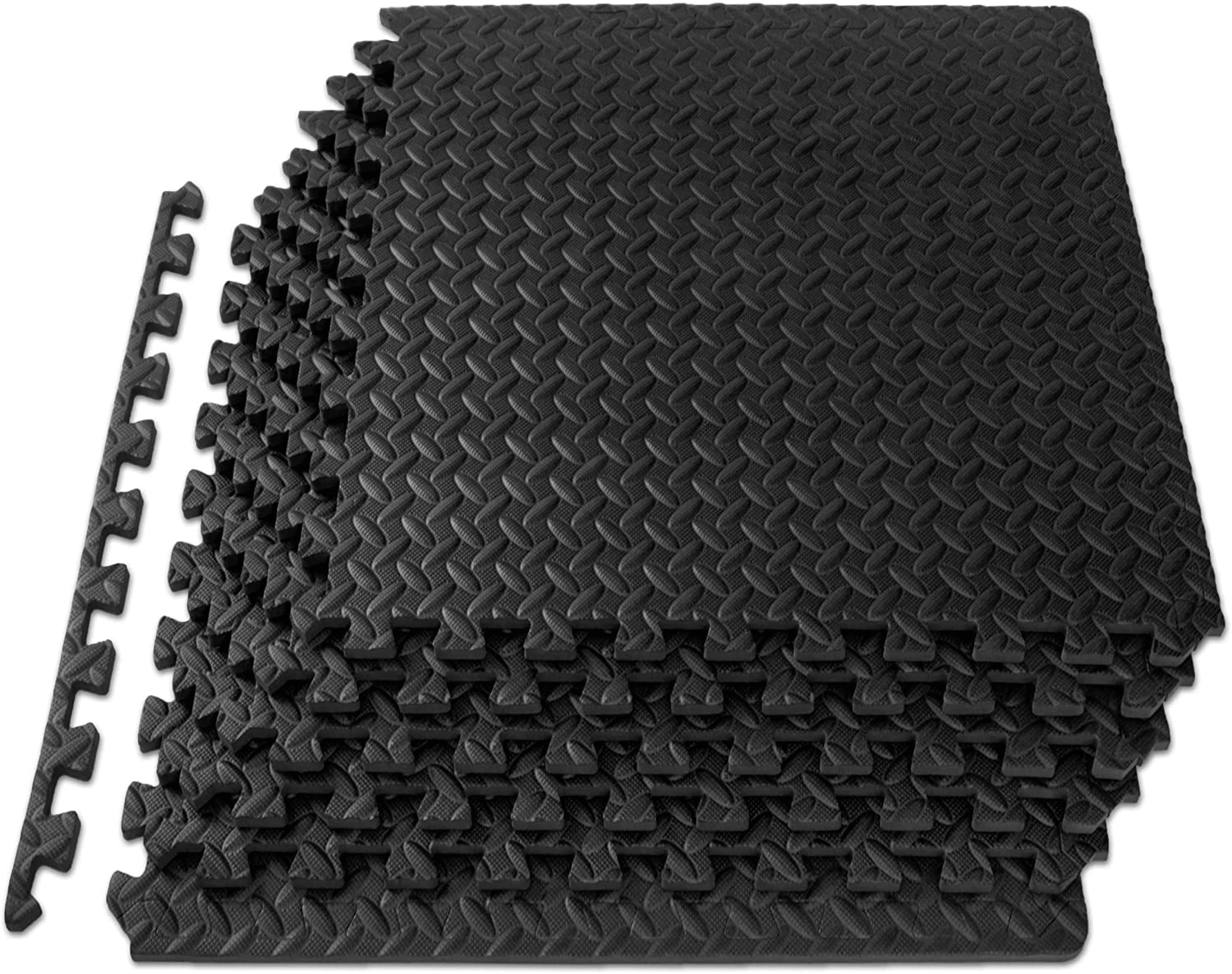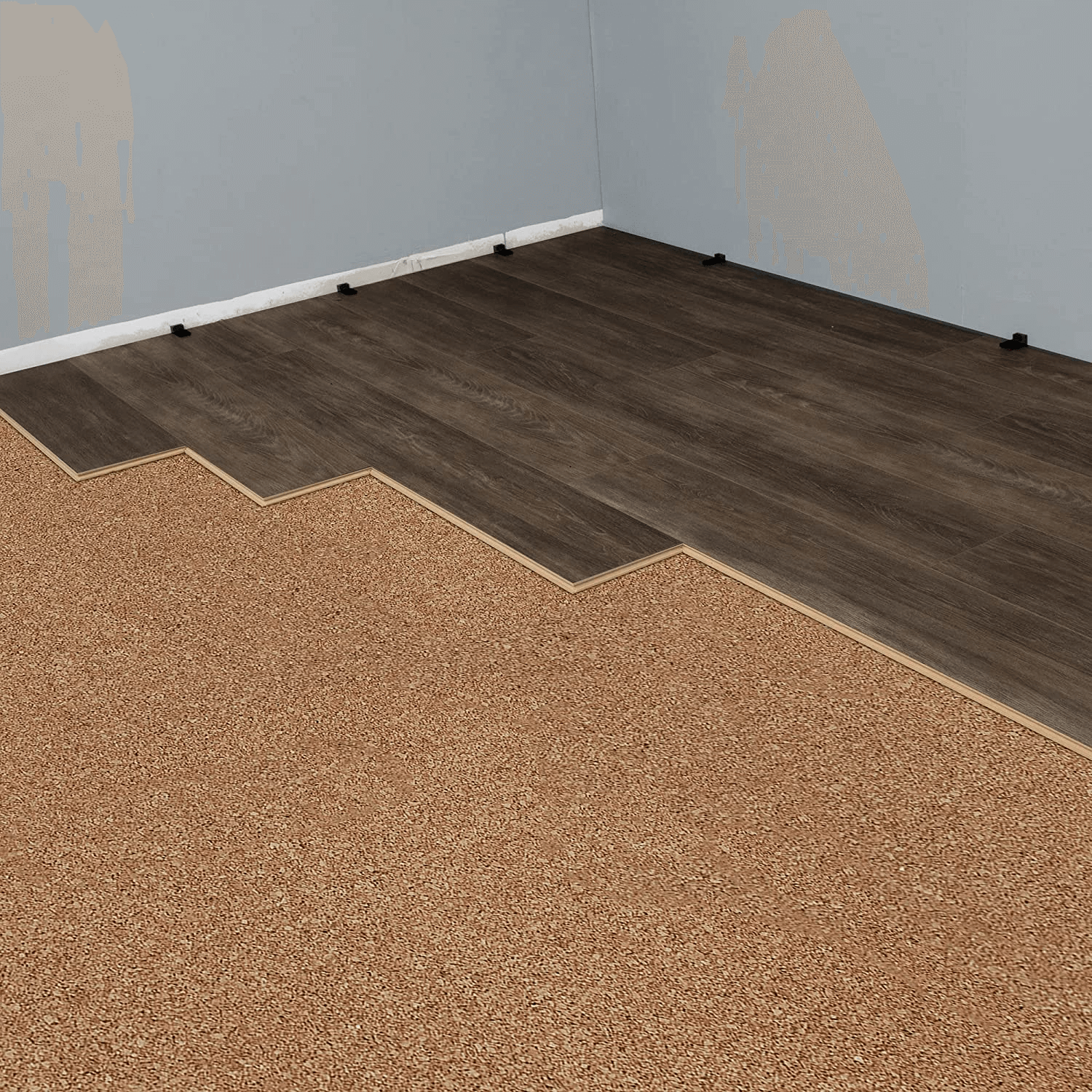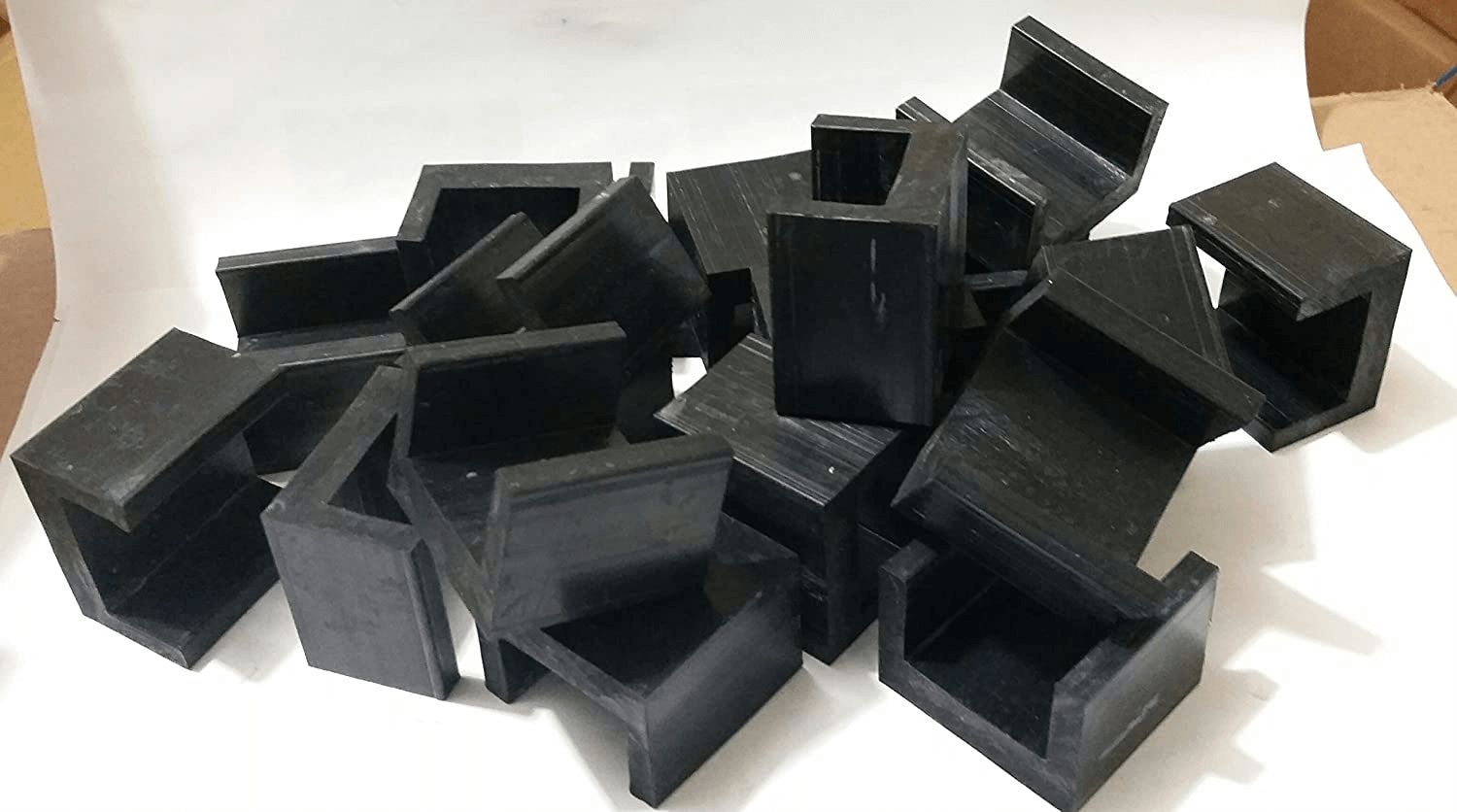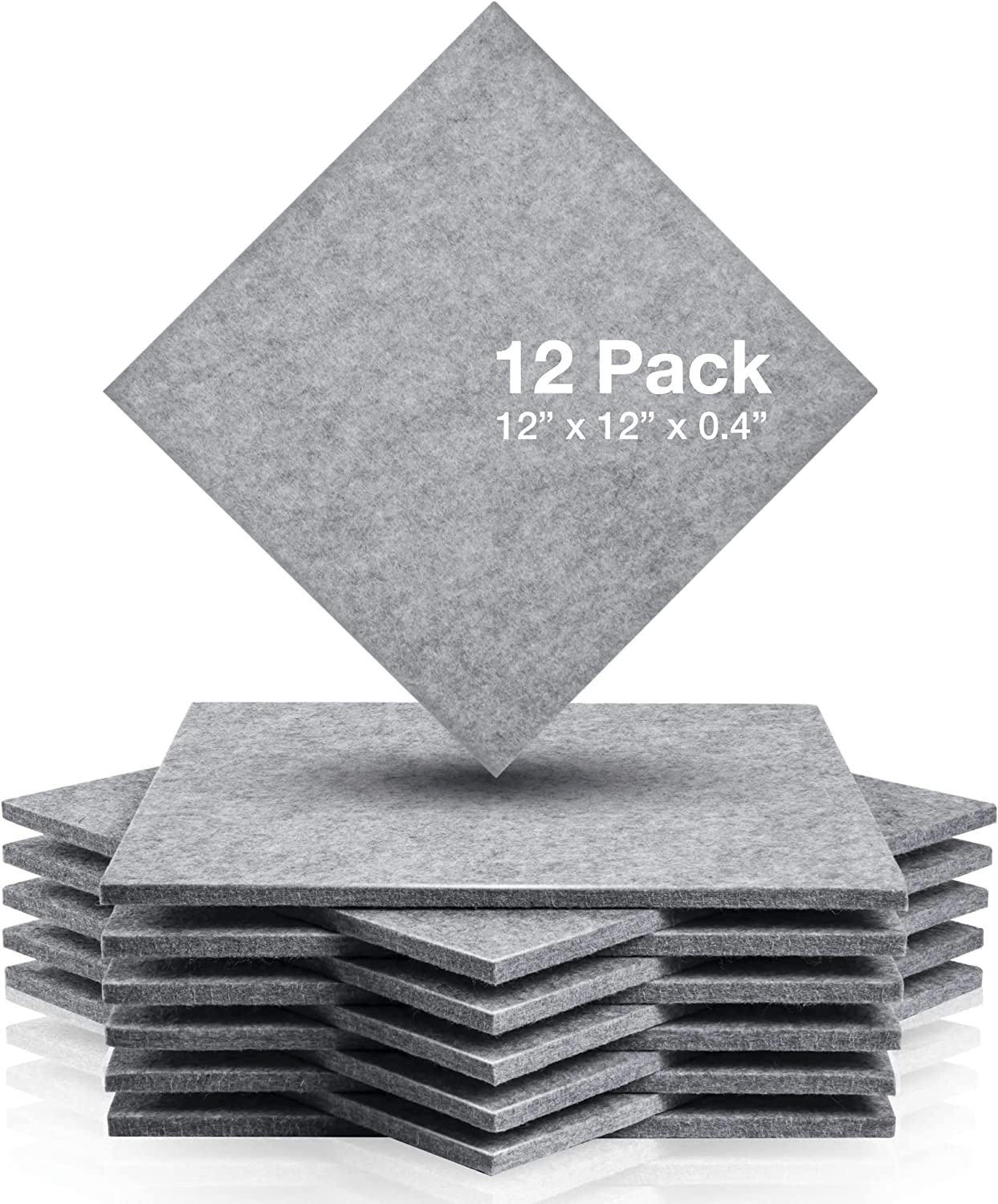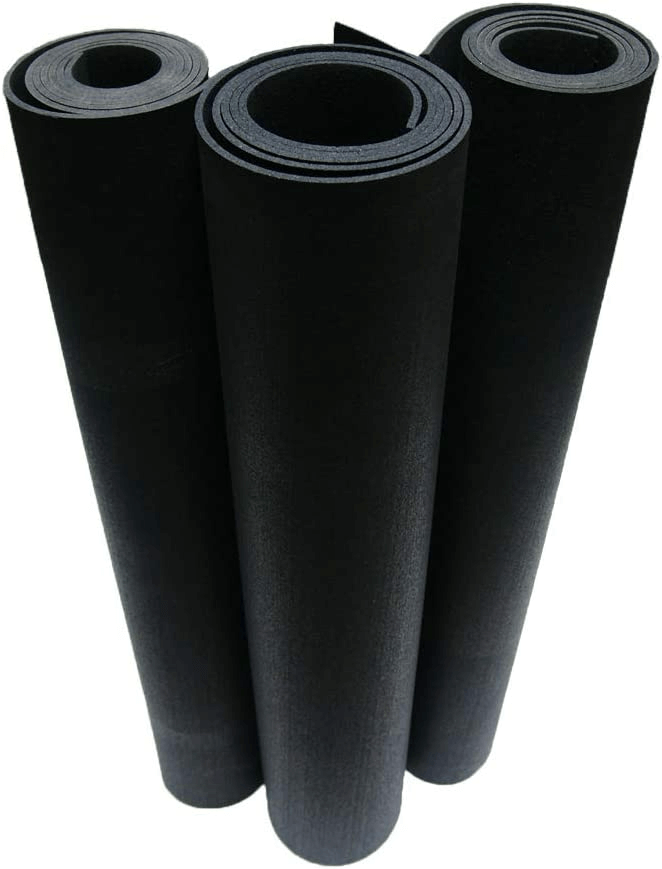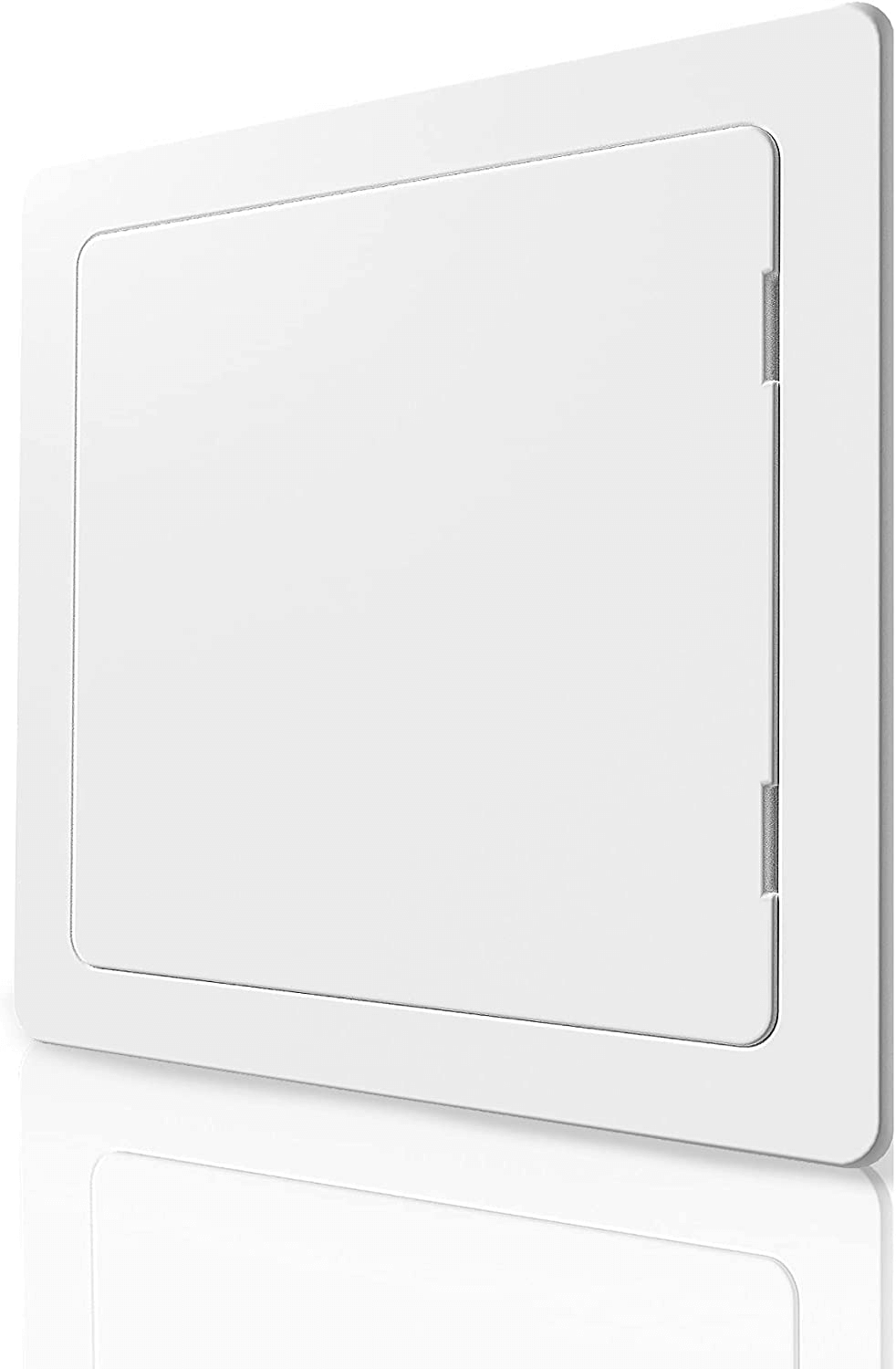Soundproofing is an essential step in creating a peaceful and serene space. Whether you live in a noisy apartment building or a busy urban area, sound can be a significant source of stress and distraction.
Fortunately, soundproofing a floor is a relatively simple process that can significantly reduce the amount of noise that enters your living space.
This step-by-step guide will walk you through the process of soundproofing your floor, from identifying problem areas to installing the right materials and finishing the project.
With these tips and techniques, you can create a calm and peaceful space that allows you to focus, relax, and enjoy your home.
What is the best soundproofing material for floors?
| Product | Product Name | Key Features | Learn More |
|---|---|---|---|
| Mass Loaded Vinyl (MLV) | Flexible, easy to install, high sound transmission loss | Go To Amazon | |
| Acoustic Underlayment | Absorbs impact noise, easy to install, good for floating floors | Go To Amazon | |
| Green Glue Noiseproofing Compound | Dampens sound vibrations, easy to apply, effective for a wide range of frequencies | Go To Amazon | |
| Soundproof Floor Mat | Easy to install, reduces impact and airborne noise, non-toxic and eco-friendly | Go To Amazon | |
| Cork Underlayment | Natural, renewable material, reduces impact noise, good for floating floors | Go To Amazon | |
| Floor Joist Isolators | Absorbs impact noise, easy to install, works well for older buildings | Go To Amazon | |
| Acoustic Floor Tiles | Easy to install, reduces impact noise, customizable design | Go To Amazon | |
| Rubber Underlayment | Durable, reduces impact noise, good for floating floors | Go To Amazon | |
| Access Panel for Drywall | Absorbs sound vibrations, easy to install, provides high STC ratings | Go To Amazon | |
| Loctite Tite FoamInsulation | Seals gaps and cracks, reduces airborne noise, energy efficient | Go To Amazon |
AHow to Soundproof a Floor
Identify the Problem Areas
The first step in soundproofing your floor is to identify the problem areas.
Common causes of noise transmission include footsteps, voices, and music from neighboring apartments or the street below.
You may also have noise issues due to gaps or holes in the floor or walls.
To locate the problem areas in your floor, start by listening for noise.
Walk around your space and note where noise is coming from and how loud it is.
You can also ask your neighbors to keep their noise level down so you can test the soundproofing effectiveness.
Tips for assessing the severity of the noise issue:
- Consider the time of day when noise is most problematic.
- Use a decibel meter to measure the noise level.
- Ask a professional soundproofing contractor for advice.
Choose the Right Soundproofing Materials
Once you've identified the problem areas in your floor, it's time to choose the right soundproofing materials.
There are various soundproofing materials available on the market, such as mass-loaded vinyl, acoustic foam, and resilient channels.
Factors to consider when selecting materials include their acoustic properties, installation ease, and cost.
Mass-loaded vinyl is a popular soundproofing material that is easy to install and cost-effective.
It's a dense material that absorbs sound waves and prevents them from passing through walls and floors.
Acoustic foam is another excellent soundproofing material that is lightweight and versatile.
It's available in various sizes and shapes, making it easy to fit into small or odd-shaped spaces.
Resilient channels are a popular option for soundproofing ceilings and walls.
They consist of metal or wood frames that are installed between the ceiling and the wall, creating an air gap that helps to reduce noise transmission.
They are easy to install, and the channels can be adjusted to fit any space.
Measure the Room and the Materials
Before installing the soundproofing materials, you need to measure the room and the materials.
Measuring the room will help you determine the amount of soundproofing material you'll need for the project.
Measure the length, width, and height of the room to calculate the total square footage.
To measure the materials, lay them out on a flat surface and use a measuring tape to measure their length and width.
It's essential to measure the materials accurately to ensure that they fit snugly and provide maximum soundproofing.
Prepare the Floor for Soundproofing
Preparing the floor for soundproofing is a crucial step in the process. It involves cleaning and clearing the space, fixing any structural issues, and installing any necessary subflooring or underlayment.
A clean and level floor will ensure that the soundproofing materials are installed correctly and effectively.
Start by clearing the space of any furniture, rugs, or other obstacles. Sweep or vacuum the floor to remove any dirt or debris.
Next, inspect the floor for any structural issues that need to be addressed, such as cracks or holes.
These can be filled with a concrete patch or leveling compound to create a smooth and even surface.
If you are installing carpet or other flooring on top of the soundproofing materials, you will need to install a subfloor or underlayment.
This will provide a stable and level surface for the flooring to be installed on.
Install the Soundproofing Materials
With the room prepared, it's time to install the soundproofing materials.
Depending on the type of material you've chosen, installation methods will vary. Follow the manufacturer's instructions carefully and take care to install the materials snugly and without gaps or overlaps.
For mass-loaded vinyl, simply roll out the material over the floor, making sure to overlap the seams by a few inches. Use a utility knife to trim any excess material along the edges of the room.
Acoustic foam can be installed using adhesive or velcro strips. Make sure to cover the entire floor with the foam, paying particular attention to the problem areas you identified in step 1.
Resilient channels can be installed between the subfloor and the flooring material. Use screws to attach the channels to the joists, then install the flooring material over the channels.
Seal the Edges and Gaps
To ensure maximum soundproofing effectiveness, it's essential to seal any edges and gaps in the soundproofing materials.
Use a high-quality sealant to fill any gaps between the materials and the walls or floorboards.
Make sure to seal around any electrical outlets or vents, as these can be a significant source of noise transmission.
Use foam gaskets or acoustic sealant to create a tight seal around these areas.
Add Additional Layers (Optional)
If you are still experiencing noise issues after installing the soundproofing materials, you may need to add additional layers.
This can include adding a second layer of mass-loaded vinyl or acoustic foam.
Make sure to follow the manufacturer's instructions carefully when adding additional layers.
It's essential to create a snug fit between the layers to prevent any gaps or overlaps that can reduce soundproofing effectiveness.
Install Carpet or Flooring
Once the soundproofing materials are installed and sealed, it's time to install your carpet or flooring.
Make sure to choose a flooring material that provides additional soundproofing, such as carpet or cork flooring.
When installing the flooring, make sure to follow the manufacturer's instructions carefully.
Take care to create a tight fit between the flooring material and the soundproofing materials to maximize soundproofing effectiveness.
Test the Soundproofing Effectiveness
With the flooring installed, it's time to test the soundproofing effectiveness.
Turn on a radio or TV in a neighboring room and listen for any noise transmission.
If you still hear noise, consider adding additional layers of soundproofing materials or adjusting the sealant around the edges and gaps.
Add Additional Soundproofing Elements (Optional)
If you are still experiencing noise issues, you may need to add additional soundproofing elements.
This can include installing soundproof curtains or adding sound-absorbing panels to the walls.
Make sure to choose soundproofing elements that complement the flooring and soundproofing materials you've already installed.
Consult a professional soundproofing contractor if you're unsure which elements to add.
Enjoy Your Serene Space
With your floor soundproofed and additional soundproofing elements installed, it's time to enjoy your serene space.
Whether you're working from home, enjoying a movie, or just relaxing, you'll appreciate the reduced noise and increased peace and quiet.
Maintenance
To maintain your soundproofed floor,regular cleaning and upkeep is necessary.
Follow the manufacturer's instructions for cleaning the flooring material, and be sure to use a vacuum cleaner with a HEPA filter to minimize noise.
In addition, check the soundproofing materials periodically for any signs of damage or wear. Replace any damaged materials promptly to ensure maximum soundproofing effectiveness.
BHow to soundproof a carpeted floor?
Soundproofing a carpeted floor can be achieved by using acoustic underlayment or carpet padding.
Acoustic underlayment is a thick layer of material that is placed under the carpet to reduce the transmission of sound through the floor.
It is important to choose an underlayment with a high Sound Transmission Class (STC) rating for optimal soundproofing.
Additionally, adding a thick rug or carpet can also help to absorb sound and reduce noise transmission.
CHow to soundproof a bedroom floor?
To soundproof a bedroom floor, you can start by using sound-absorbing rugs or carpets to cover the floor. Adding a layer of underlayment or acoustic matting can also help reduce noise transmission.
You can also use soundproofing panels or tiles on the walls and ceiling to further reduce noise.
Sealing any gaps or cracks in the floor or walls can also help prevent sound from traveling through.
If you're renovating or building a new bedroom, consider installing soundproof drywall or resilient channels to create a barrier against noise.
DHow to soundproof timber floor?
To soundproof a timber floor, you can add a layer of acoustic underlay beneath the flooring, fill any gaps or cracks with acoustic sealant, install acoustic insulation between the joists, and add a sound-deadening rug or carpet on top of the floor.
Additionally, you can use acoustic panels or tiles on the walls to further reduce noise transmission.
EHow to soundproof a wooden floor?
To soundproof a wooden floor, you can add a layer of mass loaded vinyl (MLV) or soundproofing foam beneath the floorboards to reduce noise transmission.
You can also use acoustic underlayment or cork underlayment to absorb sound and prevent it from traveling through the floor.
Another option is to use a floating floor system, which consists of a layer of soundproofing material between the subfloor and the flooring.
Additionally, sealing any gaps or cracks in the floor can help prevent sound from leaking through.
FHow to soundproof a concrete floor?
Soundproofing a concrete floor involves adding materials that can absorb or block sound transmission.
This can include installing soundproofing underlayment, adding a floating floor system, using acoustic tiles or panels, or adding a layer of mass loaded vinyl.
It's important to properly prepare the surface and follow manufacturer instructions to ensure the most effective soundproofing results.
GHow to soundproof a floor under carpeting?
To soundproof a floor under carpeting, you can use materials such as acoustic underlayment, mass loaded vinyl, and carpet padding.
First, clean and level the floor surface. Then, lay down the acoustic underlayment and install the mass loaded vinyl.
Finally, lay the carpet padding and carpet on top. This will help to reduce noise transmission through the floor.
Hhow to soundproof between existing floors
To soundproof between existing floors, you can use a combination of techniques such as installing resilient channels, using soundproofing mats or underlayment, filling gaps with acoustic sealant, and adding mass to the floor with materials like mass-loaded vinyl.
It's important to properly identify the source of the noise and use the appropriate techniques and materials for your specific situation.
Consulting with a professional may also be helpful in achieving the best results.
IConclusion
By following these step-by-step instructions, you can soundproof your floor and create a more serene space in your home or office.
With the right materials, tools, and techniques, you can minimize noise transmission and enjoy increased peace and quiet.
Remember to follow proper installation and maintenance procedures, and consult a professional soundproofing contractor if you have any questions or concerns.
With a little effort and investment, you can create a more comfortable and enjoyable environment for yourself and those around you.
JIs soundproofing a floor effective in reducing noise transmission?
Yes, soundproofing a floor can be very effective in reducing noise transmission.
By installing soundproofing materials such as acoustic underlayment or floor mats, you can absorb or block sound waves that would otherwise pass through the floor and into the room below.
Additionally, sealing gaps and cracks in the floor can also help to prevent sound from traveling through.
Overall, soundproofing a floor can significantly reduce the amount of noise that is transmitted between floors, creating a more comfortable and peaceful living or working environment.
KFaqs
How effective is soundproofing a floor in reducing noise transmission?
Soundproofing a floor can significantly reduce noise transmission from one floor to another. It can help to block both impact noise (e.g. footsteps) and airborne noise (e.g. voices).
What materials are commonly used for soundproofing floors?
Commonly used materials for soundproofing floors include mass loaded vinyl, acoustic underlayment, and soundproofing foam.
Is soundproofing a floor expensive?
The cost of soundproofing a floor can vary depending on the size of the room and the materials used. However, there are affordable options available, such as soundproofing foam and mass loaded vinyl.
Can soundproofing a floor be a DIY project?
Yes, soundproofing a floor can be a DIY project. However, it's important to research the proper techniques and materials to ensure effective soundproofing.
How thick should soundproofing material be for a floor?
The thickness of soundproofing material for a floor can vary depending on the type of material and the level of noise reduction desired. However, a thickness of at least 1/4 inch is recommended for most soundproofing materials.
Will soundproofing a floor completely eliminate all noise?
While soundproofing a floor can significantly reduce noise transmission, it may not completely eliminate all noise. Other factors, such as the construction of the building and the source of the noise, can also impact the level of noise reduction.
How do I know which soundproofing material is right for my floor?
The best soundproofing material for your floor will depend on several factors, including the type of noise you want to reduce and the construction of the building. It's important to research different materials and consult with a professional if needed.
Can soundproofing a floor increase the value of my home?
Yes, soundproofing a floor can increase the value of your home by creating a more comfortable and peaceful living environment. It can also be a selling point for potential buyers who prioritize a quiet living space.




